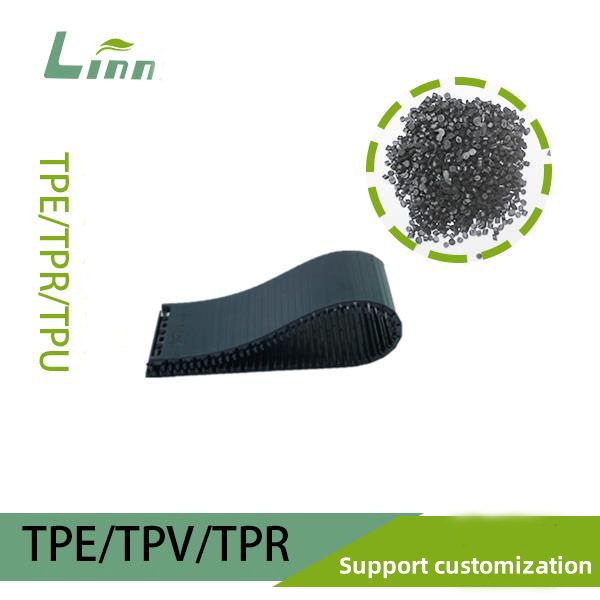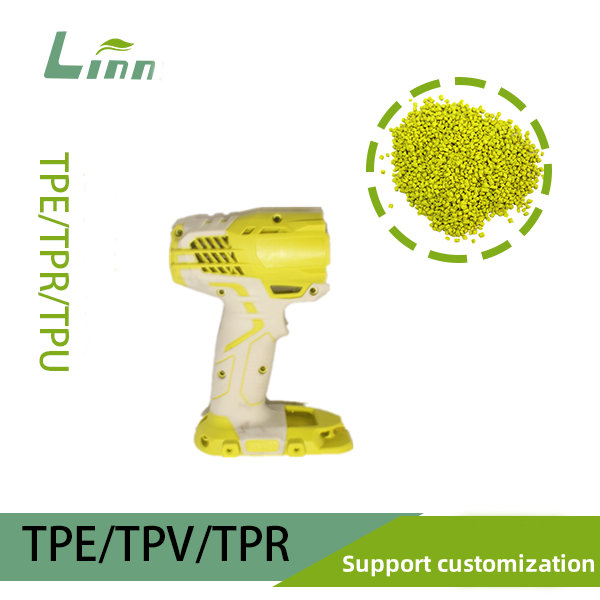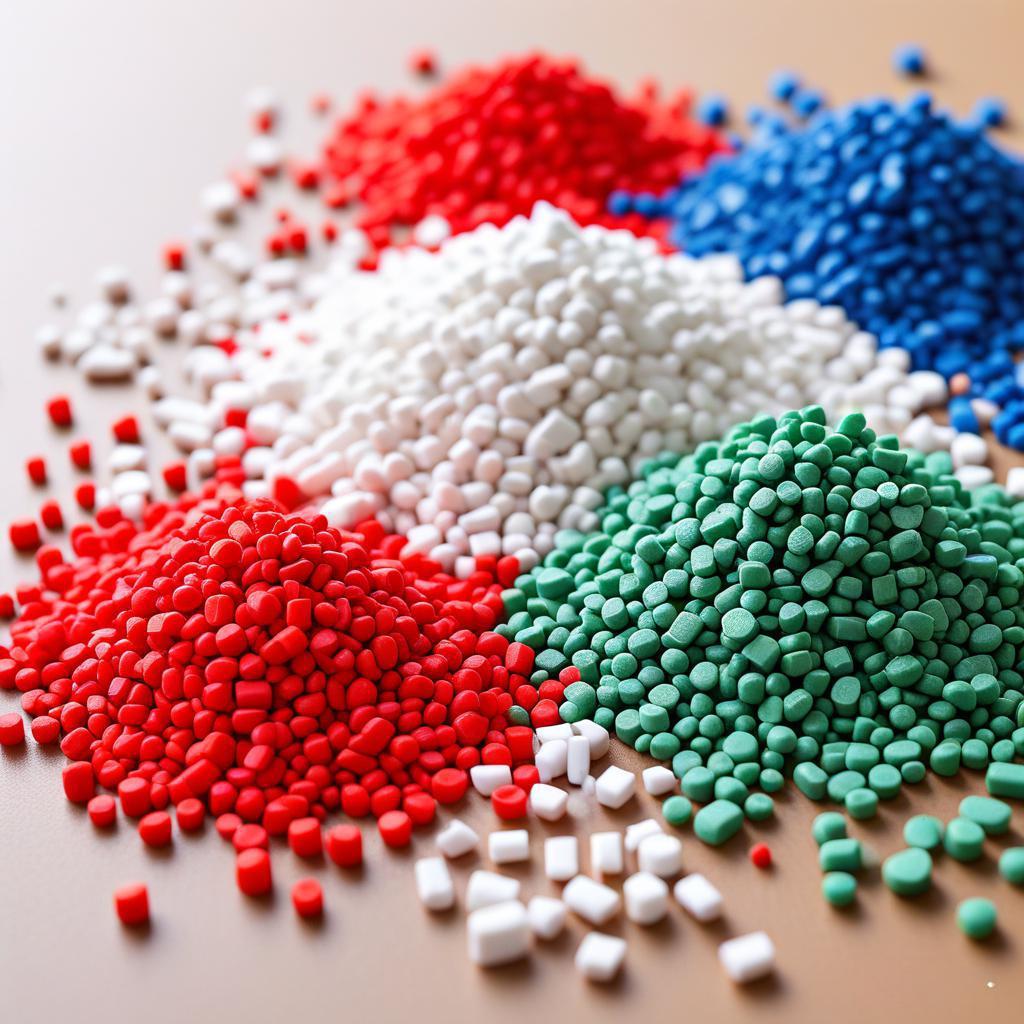I’ve spent over twenty years in the polymer game, from late-night lab sessions chasing the perfect blend to sweaty factory floors where the hum of extruders feels like a heartbeat. Thermoplastic elastomers (TPEs) are my kind of material—tough yet pliable, like a seasoned athlete who bends but never breaks. But aging? That’s the silent thief that creeps in, turning your carefully crafted TPE into a brittle shadow of itself. UV rays bake it, heat saps its spring, and oxygen nibbles away at its bonds. I’ve seen it firsthand: a promising automotive seal crumbling after a year in the sun, leaving a client fuming and me scrambling for answers. That sting sticks with you.
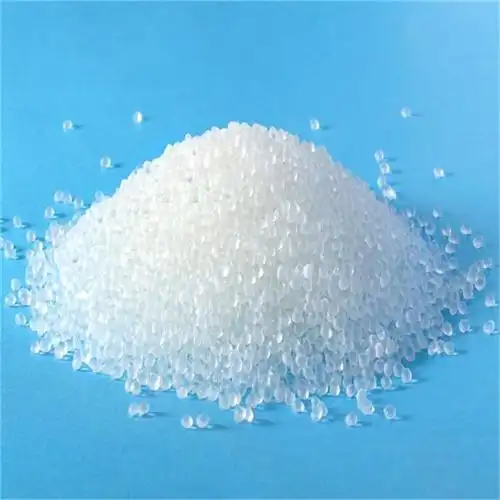
When folks search for ways to boost TPE’s aging resistance, they’re not chasing textbook theories—they’re wrestling with real-world pain. Maybe your TPE grips are yellowing on store shelves, or your medical tubing’s cracking under hospital lights. The root issue? Environmental stressors—UV, heat, ozone, or humidity—break down molecular chains, slashing elasticity and strength. You want your TPE to stand tall, defying time like a weathered oak, not wilting like a cheap plastic toy. This article’s your roadmap, built on hard-earned lessons and practical fixes. We’ll dive into why TPEs age, how to fortify them with science and savvy, and share stories from the trenches that bring it all to life. Ready to make your TPEs age gracefully? Let’s dig in.
Why TPEs Age: The Science of Wear and Tear
Picture TPEs as a vibrant tapestry—hard thermoplastic blocks woven with soft, rubbery strands. It’s a beautiful balance, but time and nature are ruthless weavers, unraveling it thread by thread. Oxidation is the main culprit: oxygen sneaks into the polymer, attacking double bonds in the soft segments (like butadiene in SBS or ethylene-butylene in SEBS). This sparks chain scission or crosslinking, making the material brittle or mushy. UV radiation piles on, cleaving chains with photon energy, especially in styrenic TPEs where aromatic rings soak up light like a sponge. Thermal aging at 80°C or higher accelerates these reactions, while ozone—that sneaky atmospheric villain—cracks exposed surfaces, leaving spiderweb-like scars.
I learned this the hard way in 2008, when a batch of TPE cable sheathing for outdoor wiring failed field tests. After six months under sunlight, they looked like cracked leather, with elongation at break dropping 40%. The client was livid, and I was humbled. Testing revealed UV-induced chain scission had turned the SEBS backbone into a fractured mess. That failure drove home a truth: aging isn’t one enemy but a gang—heat, light, air, and time, all conspiring together.
Quantifying the damage? Unprotected TPEs can lose 50% tensile strength in 500 hours of UV exposure (ASTM G154). Compression set creeps up, and color shifts scream degradation—yellowing indices hitting 20+ on the YI scale. But here’s the hope: with the right strategies, you can slow this decay, extending service life by years, not months. It’s about arming your TPE with defenses that laugh in the face of time.
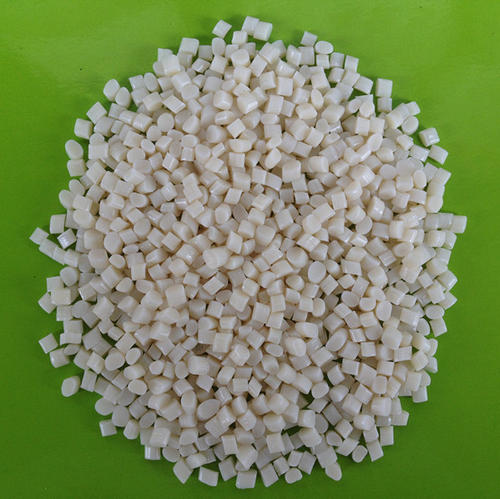
Material Selection: Choosing TPEs That Fight Aging
Not all TPEs are born equal—some are warriors, others wilt under pressure. SEBS-based TPEs are your go-to for durability; their saturated ethylene-butylene mid-blocks resist oxidation better than SBS’s unsaturated butadiene. I once reformulated a garden hose blend from SBS to SEBS, and UV resistance doubled—samples held strong after 1000 hours in a weatherometer. TPVs (thermoplastic vulcanizates) take it up a notch, with crosslinked rubber phases shrugging off heat and ozone like a superhero’s cape. They’re pricier, but for automotive or industrial apps, they’re worth their weight.
Molecular weight matters too. Higher Mw TPEs (say, 200,000 g/mol) have longer chains, offering more resilience against scission. But don’t skimp on additives—base resin is just the start. And sustainability? Bio-based TPEs, like those derived from sugarcane, are emerging stars, with some grades showing 20% better thermal stability thanks to natural antioxidants in their feedstocks. It’s like giving your material a built-in shield, straight from the earth.
Here’s a quick look at TPE types for aging resistance:
|
TPE Type |
Best Use Case |
Aging Resistance Strength |
Cost Consideration |
|---|---|---|---|
|
SEBS |
Outdoor, medical |
High (UV, oxidation) |
Moderate |
|
TPV |
Automotive, industrial |
Very high (heat, ozone) |
Higher |
|
Bio-TPE |
Eco-friendly products |
Moderate to high |
Premium, but sustainable |
Choose wisely, and half the battle’s won before you even mix.
Additives: Your Arsenal Against Aging
Additives are like vitamins for your TPE—small doses, big impact. Antioxidants are non-negotiable, neutralizing radicals before they wreak havoc. Hindered phenols (e.g., Irganox 1010) at 0.3-0.5 phr stabilize chains during processing and service. For extra punch, blend with phosphites—they’re like a tag-team, boosting thermal resistance by 30%. I recall a wire coating project where adding 0.4 phr of Irgafos 168 slashed oxidative induction time failures, saving a multi-million-dollar contract.
UV stabilizers are your sunlight shields. HALS (hindered amine light stabilizers) like Tinuvin 770 trap free radicals from UV, preserving elongation. In a patio furniture grip, 1% HALS kept colors vibrant and surfaces crack-free after two Arizona summers. Carbon black (2-5 phr) is a budget-friendly UV absorber, doubling as a pigment, but beware—it stiffens the mix. For clear TPEs, UV-absorbing benzotriazoles maintain clarity without sacrificing protection.

Ozone resistance calls for waxes or antiozonants like p-phenylenediamine derivatives. A dash (0.5 phr) in a TPV door seal kept ozone cracking at bay for 2000 hours in testing. And don’t sleep on nano-fillers—silica or graphene oxide at 3 phr tightens the matrix, reducing oxygen diffusion. It’s like sealing your TPE in a fortress.
This table sums up key additives:
|
Additive Type |
Dosage (phr) |
Primary Benefit |
Sensory Impact |
|---|---|---|---|
|
Hindered Phenol |
0.3-0.5 |
Oxidation resistance |
Neutral, clean melt scent |
|
HALS |
0.5-1 |
UV protection |
Smooth surface retention |
|
Nano-Silica |
2-5 |
Barrier to oxygen, heat |
Slightly firmer hand-feel |
These are your soldiers—deploy them strategically.
Processing: Crafting TPEs That Last
Great ingredients need a master chef. Processing conditions can make or break aging resistance. High-shear twin-screw extruders (200-300 rpm) ensure additives disperse evenly, like spices in a stew. Too hot (above 220°C), and you degrade antioxidants before they work; too cool, and dispersion suffers. I once botched a batch at 230°C, losing 15% of my UV stabilizer to volatilization—lesson learned: keep it at 190-200°C.
Dynamic vulcanization for TPVs is a game-changer, crosslinking rubber phases mid-blend to lock in stability. It’s costly but slashed compression set by 25% in an engine mount project. Annealing post-extrusion (80°C, 4-6 hours) refines morphology, boosting crystallinity and cutting oxygen ingress. It’s like letting your TPE catch its breath before the marathon.
Purge wisely—residual monomers from sloppy cleanups accelerate aging. I switched a client to nitrogen purging, and their TPE films stayed pristine 30% longer in storage. Small tweaks, massive wins.
Environmental Design: Building for the Long Haul
Think of your TPE as a house—design it for the climate it’ll face. For outdoor applications, layer UV stabilizers and carbon black, and test via ASTM G155 for 1000+ hours. Indoor? Focus on thermal antioxidants, as heat from electronics can hit 70°C. In ozone-heavy settings (think urban industrial), TPVs with antiozonants are your lifeline.
Blend ratios matter too. Overloading soft segments with oils invites diffusion, accelerating aging. Stick to 1.2-1.5 times absorption capacity. I tweaked a medical tubing formula to drop oil content by 10%, and heat resistance soared—samples held up at 90°C for months.
Testing and Validation: Proving Your TPE’s Mettle
You can’t trust what you don’t test. Accelerated aging (ASTM D573, 70°C, 70 hours) mimics years in weeks, revealing tensile drops or color shifts. UV exposure via QUV chambers (ASTM G154) flags photo-degradation early. Ozone testing (ASTM D1149) is critical for outdoor or industrial parts—cracks show up fast if your mix is weak.
I once saved a client’s automotive trim line by catching a stabilizer mismatch in DMA scans—Tg shifts screamed incompatibility before production scaled. Trust your tools: DSC for thermal transitions, FTIR for chemical changes, and SEM for surface cracks. They’re your crystal ball, showing failure before it strikes.
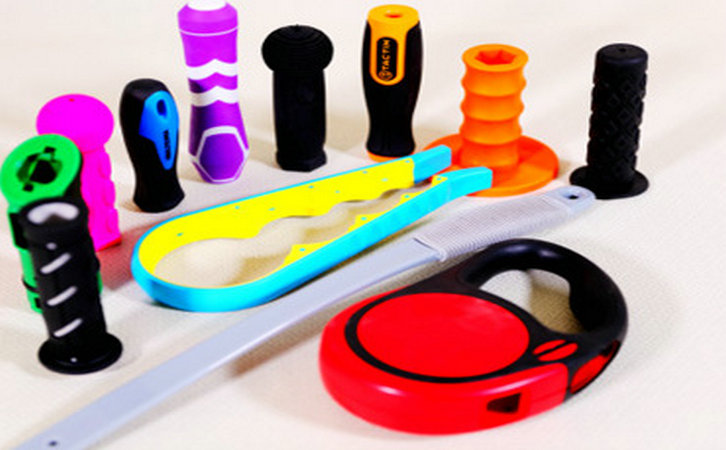
Tales from the Trenches: Real-World Triumphs
In 2012, I tackled a failing TPE hose for irrigation. Sun-baked fields turned it brittle in months. Swapping to SEBS with 1% HALS and 0.5 phr phenolic antioxidant, plus a tighter extrusion profile, extended life to three years. The farmer’s grin at harvest time? Worth every late-night trial.
Another win: a TPV seal for heavy machinery. Ozone cracks plagued early batches. Adding 0.7 phr antiozonant and nano-clay cut failures to zero, passing 3000-hour field tests. That project taught me resilience isn’t just in the material—it’s in the persistence to get it right.
The Future of TPE Longevity
The horizon’s bright. Bio-based antioxidants from lignin or soy are cutting costs and carbon footprints, with some boosting thermal stability by 15%. Graphene hybrids promise nano-level protection, potentially doubling UV resistance. And recyclable TPEs? They’re rewriting the game, blending durability with eco-heart.
Aging resistance isn’t just science—it’s a craft, honed by sweat and setbacks. Your TPE can be a titan, standing firm against time’s relentless march. Got a project in mind? Tinker, test, and triumph—the material’s ready to shine.
Q&A: Your TPE Aging Questions Answered
Q: How do I know if my TPE’s aging too fast?
A: Check for yellowing, tackiness, or cracking after a month in use. Run a quick ASTM D573 heat test—tensile loss over 20% screams trouble. Trust your senses; a failing TPE feels wrong.
Q: Are bio-based TPEs worth the hype for longevity?
A: They’re legit—some match SEBS for UV resistance and add green cred. I’ve seen soy-based grades hold up in outdoor tests, saving 15% on lifecycle emissions.
Q: What’s the cheapest way to boost UV resistance?
A: Carbon black at 2 phr—it’s a steal, soaking up UV like a black hole. Just watch for stiffness; balance with a softener if needed.
Q: Can processing alone improve aging?
A: Big time. Tight temp control (190°C) and high shear keep additives cozy, boosting stability. I cut degradation 10% once just by tweaking extrusion speed.
Q: Ozone cracking’s killing my seals—what’s the fix?
A: TPV base with 0.5 phr antiozonant. Test in an ozone chamber first; it’s like a vaccine for your TPE.

